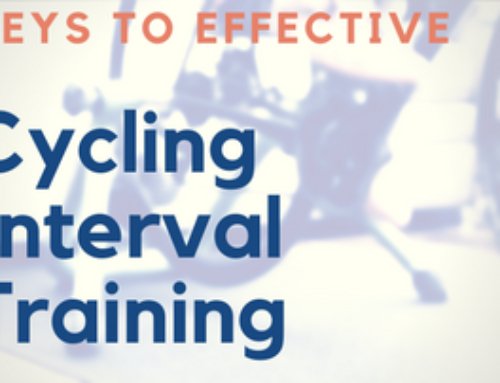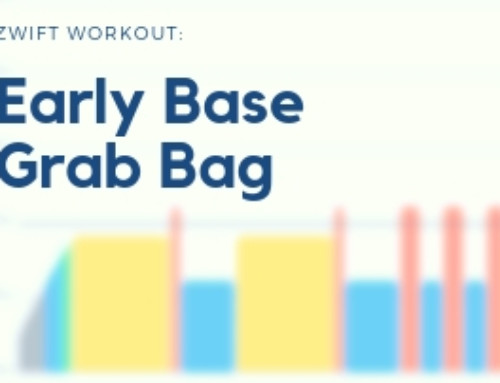Functional threshold power intervals are the staple of any build program. While VO2 max is the genetic parameter that determines your body's upper limit of aerobic fitness, functional threshold is the parameter that determines how much (or what percentage) you can use.
How do you build Functional Threshold Power?
Functional Threshold Power really is what most people try to improve in a training program. While efficiency plays a role and VO2 max capacity is important, FTP is the big comparison number. Well, W/Kg really is the king, but FTP is the most well known and compared in amateur circles.
That said, how do we go about improving FTP? Well, you have to have the VO2 max ceiling first. Once you have that, the goal is to force your body to work right at or just above FTP to create endurance adaptations. You can do that in a number of different ways, each with their own outcomes.
Podcast: Play in new window | Download (Duration: 37:06 — 28.2MB)
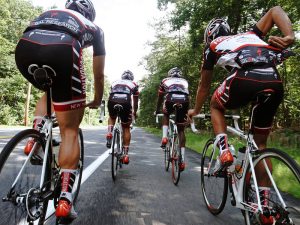 FTP Intervals
FTP Intervals
The bread and butter of most FTP building programs are long-form FTP intervals. If you're thinking of the traditional “2 by 20 Tuesday” workout, you'd be on the right track. These kinds of intervals do more than just challenging your body to build power at your threshold. They train your body to ENDURE consistent power output at threshold, and that's the key to these longer intervals.
To understand what I mean, let's take two riders, one with an FTP of 300 watts and one with an FTP of 320 watts. Both have tested their FTP via the typical 20 to 30 minute FTP test. Yes, I can hear you already: “Back in your W/Kg podcast you said W/Kg was more important than FTP!” Ok, that's a good point, but let's assume a flat race course and no wind resistance, ok?
After 3 hours of racing, rider A manages to break away from the field and ride away for the win, while rider B can't hold his wheel. Why? Simple: endurance. Rider A may have a lower FTP value, but their endurance at that FTP is greater. This means they can consistently ride at FTP without wearing down over the course of a race.
So it seems like FTP intervals should be a staple of your training right? Absolutely, and here's how you do it:
FTP Training Variations
The first FTP interval training variation involves the “sweetspot”. You'll execute your 2 by 20-minute interval at your functional threshold power and your sweetspot cadence. This is a self-selected gear and cadence that lets you ride right at your functional threshold power (from 95% to 105% of your tested FTP number). These intervals are designed purely for endurance purposes and will set your body up to handle repeated efforts at your threshold.
They're easy to do too: find a stretch of road without a lot of bumps or variations and knock out 2 intervals of 20 minutes each. Keep your intensity around 95% to 105% of your tested FTP number and let your cadence do what feels natural.
The second variation I use all the time is the FTP/ME variation. In this variation, you combine traditional aerobic FTP level training with a significant dose of Muscular Endurance training. In a lot of cases, this “double duty” interval is significantly harder than a traditional “sweetspot” FTP interval because it requires a lot of pedal tension at a relatively high power output. By training the fatigue resistance capacity of your muscles at threshold, you'll be able to make those big accelerations later on in events and have the endurance to climb effectively late into long rides.
Just like the sweetspot intervals, you'll look for terrain that affords you a pair of 20-minute intervals at 95-105% of your tested FTP number. In this case, you'll keep your cadence between 65 and 75 RPM for the whole interval time. And I'm positive your legs will be burning afterwards.
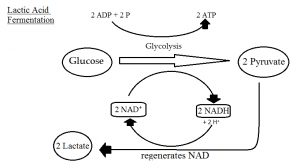
Over/Unders or Lactate Shuttling (narrow range and wide range)
Before we get into Over/Under intervals, we need to talk about lactate shuttling. Lactate shuttling is the process of moving lactate from the producing tissues (working skeletal muscles) into other body tissues for use as fuel (such as your heart and brain.) This process is at odds with the traditional view that lactate is a “waste product.” On the contrary, it's an important fuel for your heart during exercise. It's also quickly fed back into your mitochondria to be oxidized into pyruvate and NADH for the citric acid cycle and electron transport chain. That means it's an integral part of aerobic metabolism and helping maintain aerobic endurance.
Now that you have an idea of why lactate is so important, here's what you do with that information: you do lactate shuttling, otherwise known as over/unders. These intervals have one goal: load up your body with an abundance of lactate to stimulate the proliferation of lactate transporter proteins. The general theory here is that by overloading your tissues with more lactate than they can handle, your body will become more efficient at utilizing it.
Here's how you do it:
Over/Under Variations
Prepare yourself for a minimum of 15 minutes worth of work. Spend a minute at a higher intensity (around 125% of FTP), which is enough to really pile on the lactate. Then drop back to around 80% of threshold (yep, that zone 3 dead zone) and keep pedaling for 2 minutes. Repeat 5 times. As you get stronger, add more reps to the interval so you get a bigger training load.
Alternatively, you can do the more common “minute on/minute off” routine. Generally, these involve going 10% over threshold and recovering 10% below threshold, 1 minute on, 1 minute off for a minumum of 10 minutes (or 5 reps.) You can add more reps as you get stronger as well.
Both of these have the benefit of creating lactate buildup and challenging your endurance capacity significantly. By increasing your mitochondrial density and efficiency, they build power at your threshold. Once you're done with a block of these over/under intervals, your average intensity should be right around your tested FTP number. These intervals do have a secondary factor of increasing your repeatability and the ability to handle multiple higher intensity efforts, both through physiological and psychological means.
Zone 5 repeatability
The third way I like to build functional threshold power and endurance is by utilizing some repeatability intervals. Specifically, zone 5 repeatability is one of the keys to building solid functional threshold power. By consistently challenging your body to recover while under aerobic pressure, you can stimulate lactate shuttling mechanisms (just like over/unders) as well as pushing your FTP capacity higher.
These zone 5 repeat intervals are a hybrid between FTP intervals and VO2 max intervals. So if you refer back to my podcast on “Two Keys to Building Functional Threshold Power” you'll know that VO2 max is the fitness ceiling that your body bumps up against when training. By training at VO2 max, you stimulate AMPK which stimulates mitochondrial biogenesis. If you perform your recovery intervals at or around your FTP, you stimulate PCG1-alpha, again stimulating mitochondrial biogenesis. The difference between this and straight FTP intervals, however, is the stimulation of the lactate shuttling proteins in your muscle cells.
By adding these, you not only learn to handle repeated accelerations and changes in pace, you'll be constantly stimulating your body to build more mitochondria, and thus, greater endurance capacity. You'll also start wearing down your anaerobic work capacity and fully stimulate your body to tap into aerobic energy systems to handle your interval load.
Here's what a Z5R interval looks like:
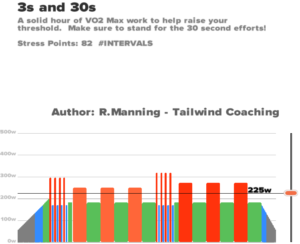 Zone 5 Repeat Variations
Zone 5 Repeat Variations
You'll prep for a block of about 15 minutes of work. Start out with 30 seconds around 115-120% of FTP, then recover for a minute at your FTP. Repeat 10 times for 15 minutes total. When you're done, your average power for the interval should be around 105-107% FTP. That's just a hair over what your FTP interval should be overall, and it's easier to reach that number in small chunks as opposed to one single, long one.
If you want to add some variation to this, you can bring pedal stroke work or standing into the equation as well. By using just an increase in cadence to get up to the 115% value for the 30-second interval, you'll stimulate an increase in pedal stroke efficiency. If you jump out of the saddle and push a bigger gear out of the saddle, you'll add some additional aerobic stress on your body (just watch your heart rate rise) and train your ability to get your heart rate down after repeated efforts.
How Much FTP Training Can I Do?
FTP training is one of those things that you have some freedom to play with. It's not as hard as VO2 max work, so you don't need to fear burnout as easily. You do need to be cautious about the volume of your FTP training, though. Excessive time spent at 100% of FTP without any variation will lead to staleness and turn you into a “one-speed” rider. Remember, the body thrives on variety, so mixing in a combination of functional threshold power intervals, sweetspot training, and high intensity interval work will ensure your body gets the most out of your FTP training.


